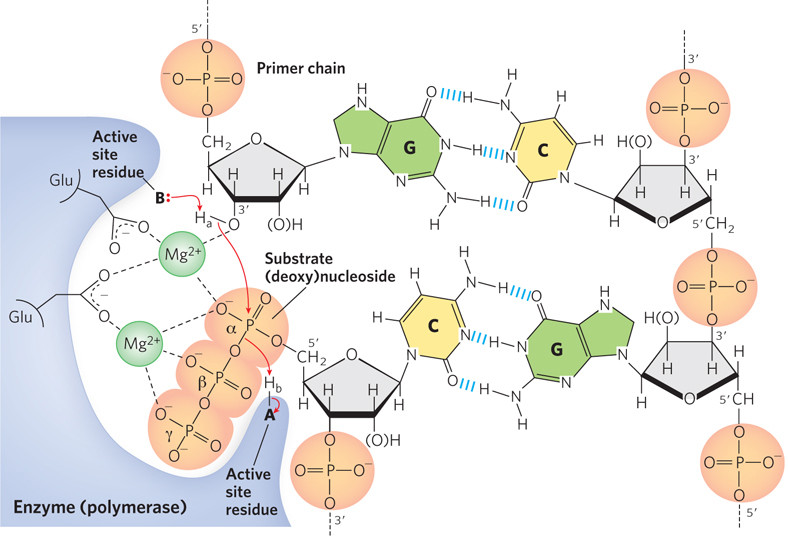
An enzyme- e- a- e-